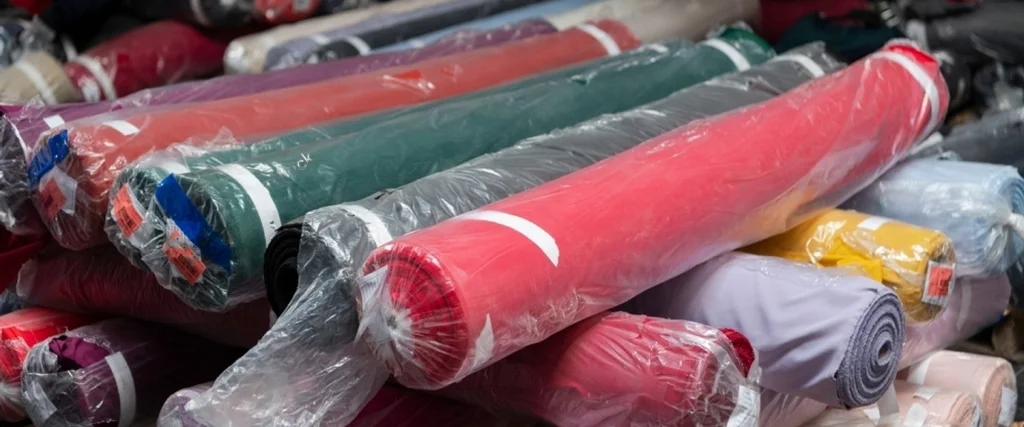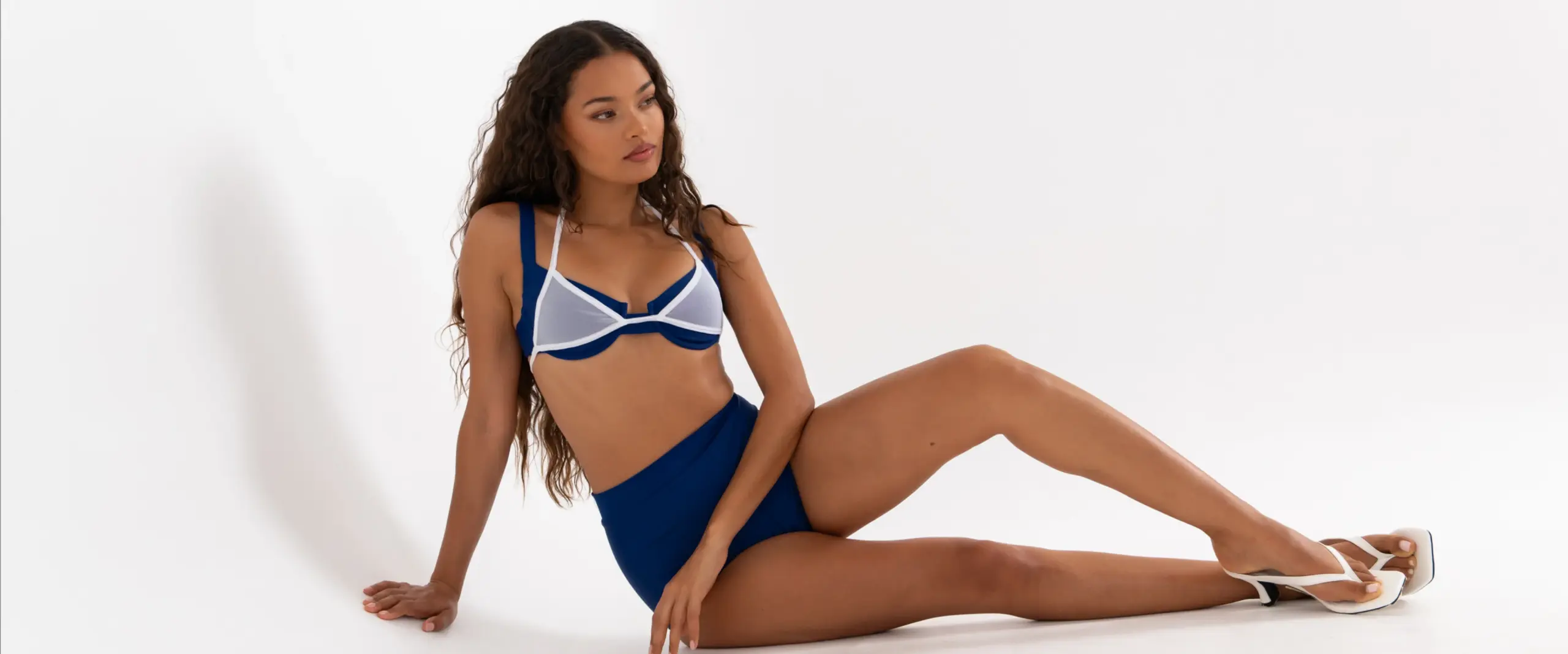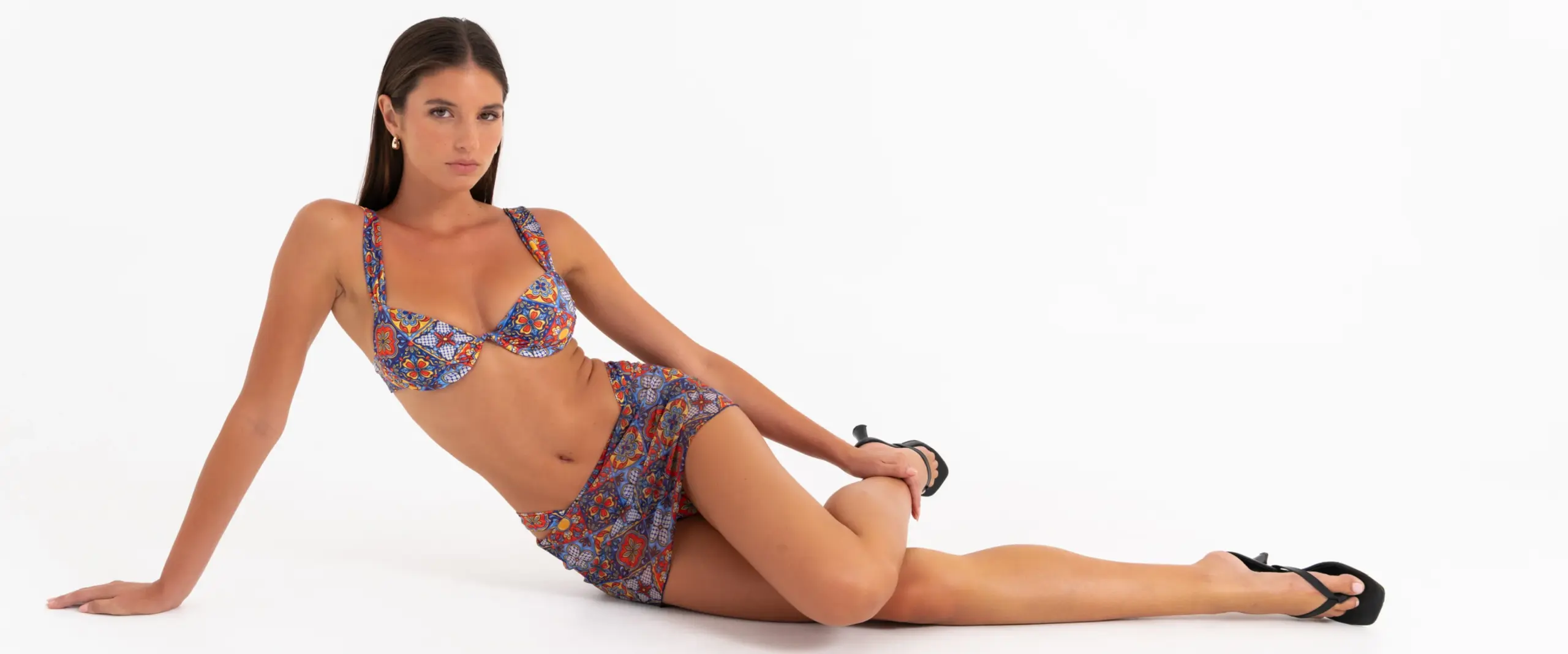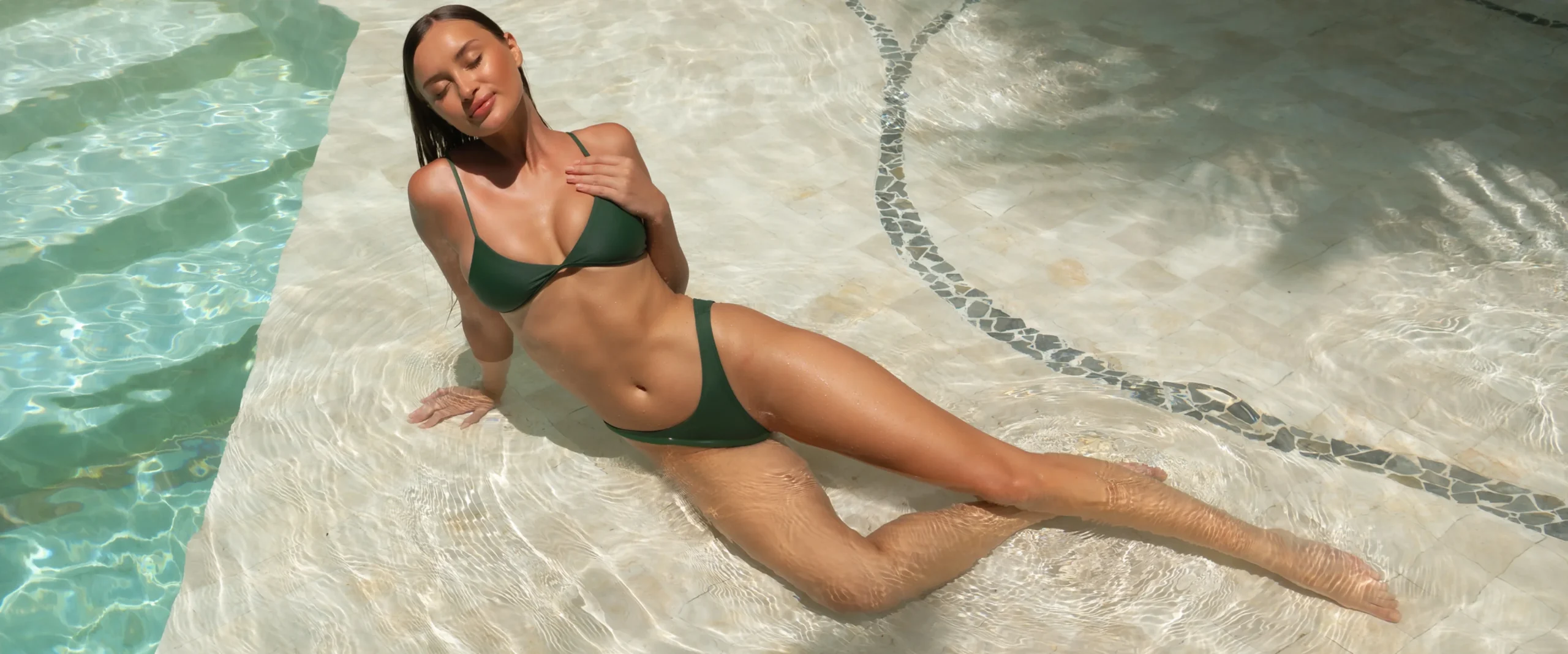Diving Deep: 6 Overlooked Strategies for Swimwear Success
Hey there, aspiring swimwear moguls! After 35 years in the global swimwear manufacturing game, I’ve picked up a thing or two about what makes a brand sink or swim. Today, I’m pulling back the curtain on six often-overlooked strategies that could be the difference between a fleeting summer fling and a long-term love affair with success.
1. Naming Your Brand: More Than Just a Pretty Word
Let’s kick things off with your brand name. This isn’t just about finding something catchy – it’s about setting the foundation for your entire business. When you’re brainstorming, think about creativity and strategy. Your name should resonate with your vision and appeal to your target market.
Once you’ve got some contenders, it’s time for the real work. Check if the .com domain is available – trust me, you want that online real estate. But don’t stop there. Do sweep all major social media platforms, even those you’re not planning to use now. You don’t want to find out later that someone’s squatting on your brand name on TikTok or whatever the next big thing is.
If your dream name is taken on some platforms, consider adding “.official” to your handle. It keeps things consistent, which is key for brand recognition.
Take your time with this—spend a few days if you need to. Your brand name is a long-term investment—it’s not just a label; it’s the face of your business, your values, everything. Choose something you’ll be proud to see on labels and storefronts for years to come.
2. Picking Your Manufacturing Partner
Selecting the right manufacturer is a decision as crucial as designing your signature pieces. Your ideal partner should be more than just a supplier; they should be a collaborator in your brand’s growth journey.
First and foremost, look for a manufacturer with a proven track record in custom-made swimwear production. If the supplier is more geared to selling you their own styles, beware, as they will be less skilled in the art and complexity of assembling swimwear that fits the body like a glove and offers amazing body-enhancement properties.
They should demonstrate expertise in working with various fabrics, particularly those suited for swimwear, such as Nylon, spandex, and sustainable options. Their knowledge of swimwear-specific construction techniques is invaluable for ensuring your products meet quality standards and perform well in water.
Consider their capacity to scale with your brand. As your business grows, can they handle increased order volumes without compromising on quality or delivery times? A manufacturer with flexible production capabilities can be a significant asset as you navigate seasonal demands and unexpected surges in popularity.
Diversification is key. Seek a partner who can help you expand beyond basic swimwear into complementary products like sarongs, coverups, resort wear and even intimates. This versatility allows you to create cohesive collections and offer customers a more comprehensive brand experience.
Communication and responsiveness are crucial. Your manufacturer should be easily reachable and quickly address any concerns or queries. Look for a partner who values transparency in their processes and is open to feedback and collaboration on designs.
Consider their commitment to sustainability. With increasing consumer focus on eco-friendly practices, a manufacturer who can guide you through sustainable material choices and production methods can give your brand a competitive edge.
Pricing and minimum order quantities (MOQs) are also important factors. While cost shouldn’t be the only consideration, your manufacturer’s pricing structure should allow for healthy profit margins. Lower MOQs can be beneficial, especially when you’re starting out or want to test new designs.
Lastly, don’t underestimate the importance of location and logistics. A manufacturer with streamlined shipping processes and favourable export terms can save you time and money in the long run.
Remember, the right manufacturing partner can catalyze your brand’s success, helping you navigate production’s complexities while focusing on design and marketing. Take the time to find a manufacturer who aligns with your brand values and long-term vision. When chosen wisely, this partnership can be the foundation for building a thriving swimwear empire.
3. Branding: Making Your Mark
Now, let’s talk logos and branding. Adding your personalized, custom-branded logo across your collection is key to building brand recognition. But it’s more than just slapping a logo on a swimsuit.
Develop a unique visual style and voice that reflects your brand’s personality across all marketing channels. Consistency in design, colour schemes, and messaging is crucial. Remember, branded simplicity sells. Get this organized from the start before you place your first order.
4. Fabric Matters: The Foundation of Quality
When picking a manufacturer, don’t overlook their fabric inventory. It’s a bigger deal than you might think. Imagine having a killer design ready to go, but your manufacturer is out of the fabric you need. Frustrating, right?
Partner with someone who can import these fabrics into Bali tax-free and one who keeps a good stock of fabrics and colours at all times. Make sure they’re not just hoarding leftover scraps—you want fresh, high-quality materials for your brand.
If you’re aiming for that premium feel, look for a manufacturer who stocks top-notch sustainable fabrics like Italian ECONYL®, Carvico®, or American REPREVE®. These fabrics aren’t just great for the environment—they’re what the high-end swimwear market is buzzing about.
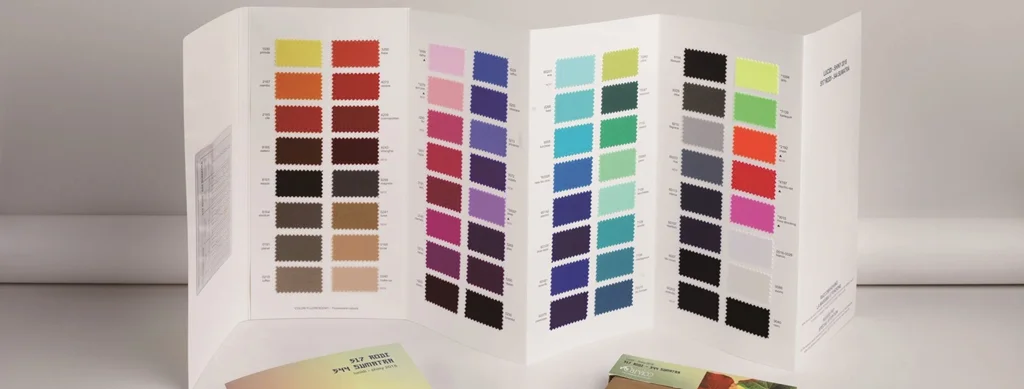
Having these fabrics readily available means you can jump into production as soon as you’re ready. No waiting around for fabric imports. In the fast-paced world of fashion, that quick turnaround can be the difference between making it and breaking it. You don’t want your website or store empty of lines, colours, and sizes while you wait weeks for fabrics to arrive.
Plus, using Italian & Amercian recycled eco-friendly fabrics can give your brand that extra edge. Customers love knowing they’re making a sustainable choice.
5. Expanding Horizons: Diversifying Your Product Range

Think beyond bikinis. Look for a manufacturer who can help you expand into swimwear coverups, lingerie and other complementary items. This approach tells a more complete brand story and can significantly boost your average order value. When customers can build complete looks from your brand, they’re more likely to splurge.
Also, consider products that can sell year-round. This helps balance out the seasonal nature of swimwear sales, ensuring more consistent revenue throughout the year. Just remember to stay true to your beachwear focus as you expand.
As you grow, consider diversifying your product range. This strategy can significantly boost your business. Start by expanding your line to create cohesive collections. Think beyond just swimwear – add complementary items that tell a more complete brand story.
Focus on offerings that can increase your average order value. Introduce products that can sell year-round to balance out seasonal fluctuations. As you expand, stay true to your beachwear focus. You’re not venturing into entirely new territories but enhancing your existing offerings.
Most importantly, maintain consistent quality across all your new product lines. It might be challenging, but it’s crucial for reinforcing your brand’s reputation.
6. Print Perfect: Adding Flair to Your Collection
If selected right, adding high-quality digital prints to your collection will always increase sales. Digital prints used to be costly and tricky to produce, but not anymore. Online sellers like Shutterstock offer prints for just a few dollars that used to cost hundreds.
Here’s a pro tip: When searching for prints with online sellers, add the word “Vector” at the start and “seamless” at the end of your description. For example, “Vector Jungle print seamlessly.” This ensures the format is perfect for digital prints, with the designs repeating seamlessly across the fabric.
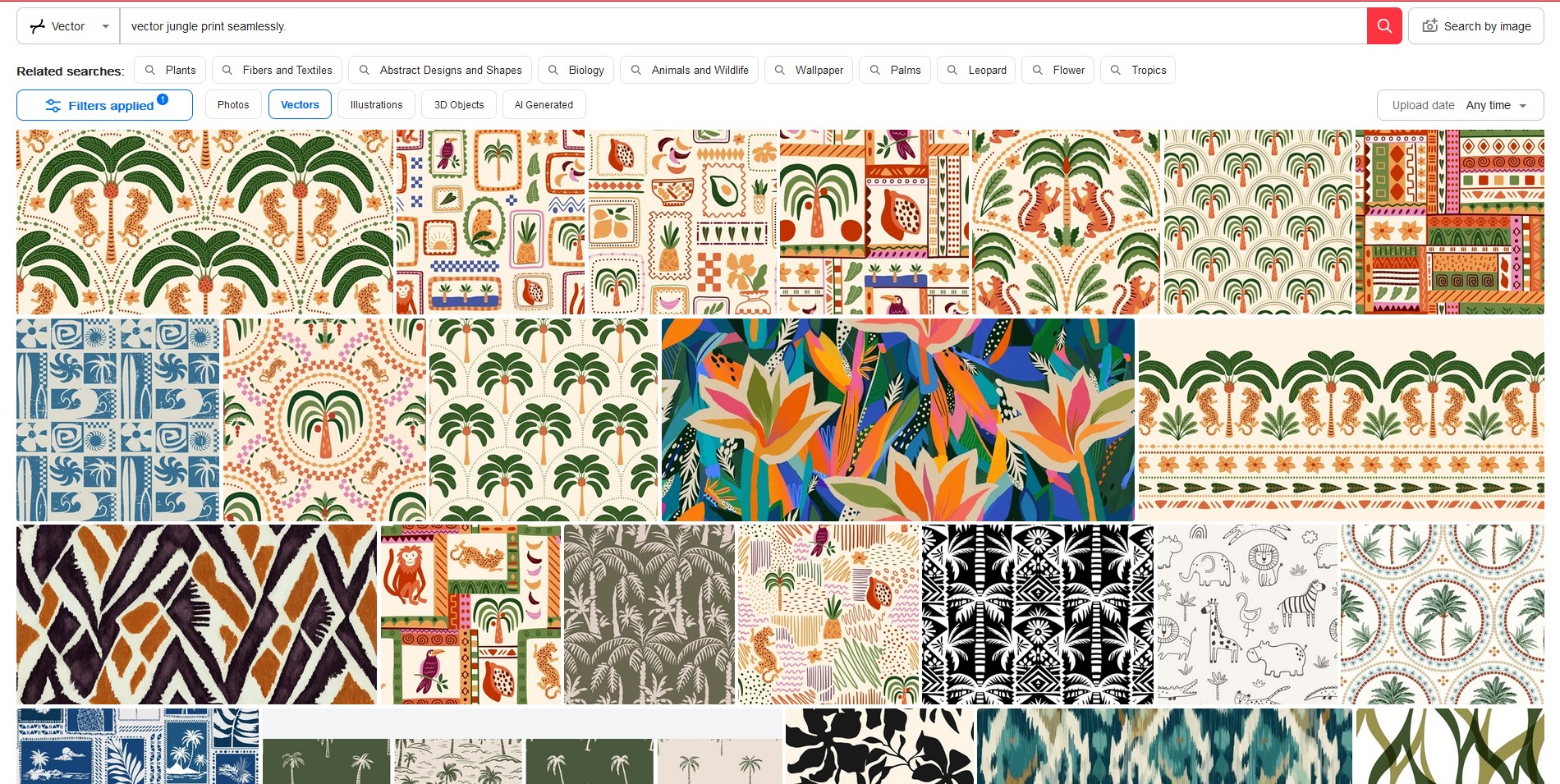
Remember, digital prints can only be printed on Nylon. Be wary of manufacturers who call their prints “digital sublimation”—that’s not a real thing. Digital is on Nylon, while sublimation is a form of heat-pressing motifs onto polyester. Digital print will always produce higher-quality, more true-to-life prints in organic colours. Sublimation is more suited to neon colours, which are less popular in swimwear.
Focusing on these often-neglected strategies sets you up for enduring success in the competitive swimwear industry. It’s not just about creating beautiful designs; it’s about building a brand that resonates with customers year-round. So, are you ready to dive in and make waves in the swimwear world?
By revealing these insider tips, I aim to equip you with knowledge that can make the difference between short-lived ventures and enduring success.
Im always here to assist with free consultation calls; you can contact me anytime

